Chapter Review
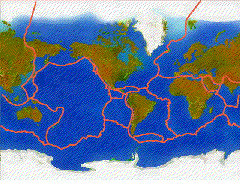
Courtesy USGS
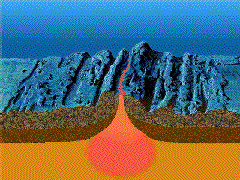
Sea floor spreading
(Courtesy USGS)
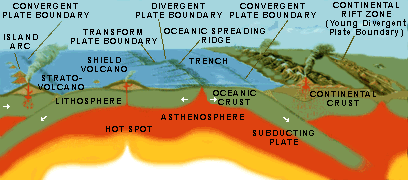
Tectonic Settings
(Courtesy USGS)
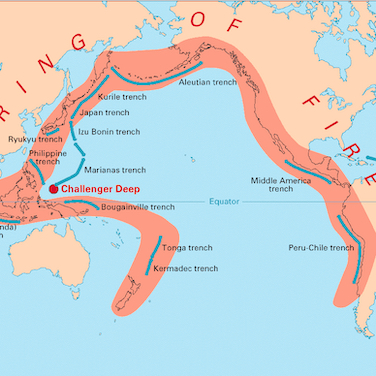
Ring of Fire
(Courtesy USGS)
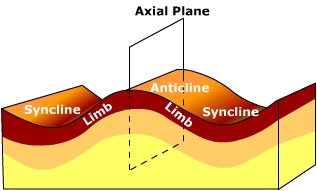
Chapter Review Assess your understanding of concepts related to this chapter by answering the questions below. Click the question to reveal the correct answer.
Plate tectonics is the theory that the surface is broken into several tectonic plates that are moving and interacting with one another to produce relief features of the Earth.
Similar configuration of continents, fossils, and geologic deposits widely separated from one another.
Sea floor spreading occurs along the midocean ridge where new rock material is extruded onto the ocean floor. Magnetic stripes indicate similar polarity in rocks on either side of the ridge. The age of rocks increases away from the midocean ridge.
It is thought that convection currents in the mantle, the push of crustal rock as it is extruded along the midocean ridge, and the pull of slabs of crust at subduction zones are responsible for the movement of plates.
The midocean ridge is a primary site for sea floor spreading. As a result, earthquakes and volcanic activity is common.
Sea floor spreading A subduction zone is where crustal rocks are forced beneath the surface. Subduction is common where heavier, more dense ocean plates collide with lighter, less dense continental plates.
A spreading boundary occurs where plates are moving away (diverging) from one another, like along the midocean ridge . Here, new crust is formed by accretion.
A convergent boundary is found where subduction is active and the lithosphere is being "consumed".
A transform boundary forms where plates are grinding past one another, like the San Andreas fault.
A plate boundary zone is a broad belts in which boundaries are not well defined and the effects of plate interaction are unclear.
Tectonic Settings The "Ring of Fire" is "ring" of volcanoes encircling most of the Pacific ocean.
Ring of Fire Elastic deformation: when stress is imposed on rock it deformed, when released it returns to its original shape. Brittle failure: breakage caused when stress is imposed beyond the rupture point of brittle materials. Plastic deformation: when stress is imposed on rock it deformed, when released it remains in its deformed shaped.
Folding occurs by compression of rock material. An up-turn fold is called an anticline while a down-turn fold is a syncline.
A dip slip fault exhibits vertical displacement. A normal fault is one in which the hanging wall falls down relative to the foot wall due to tensional stress. A reverse fault is one in which the hanging wall moves up relative to the foot wall due to compression. A thrust fault occurs when the hanging wall is pushed up and then over the foot wall at a low angle.
|